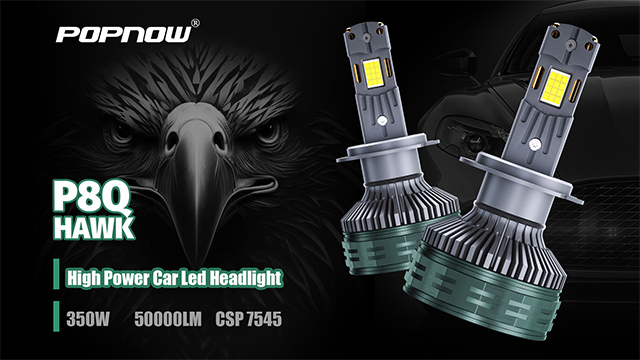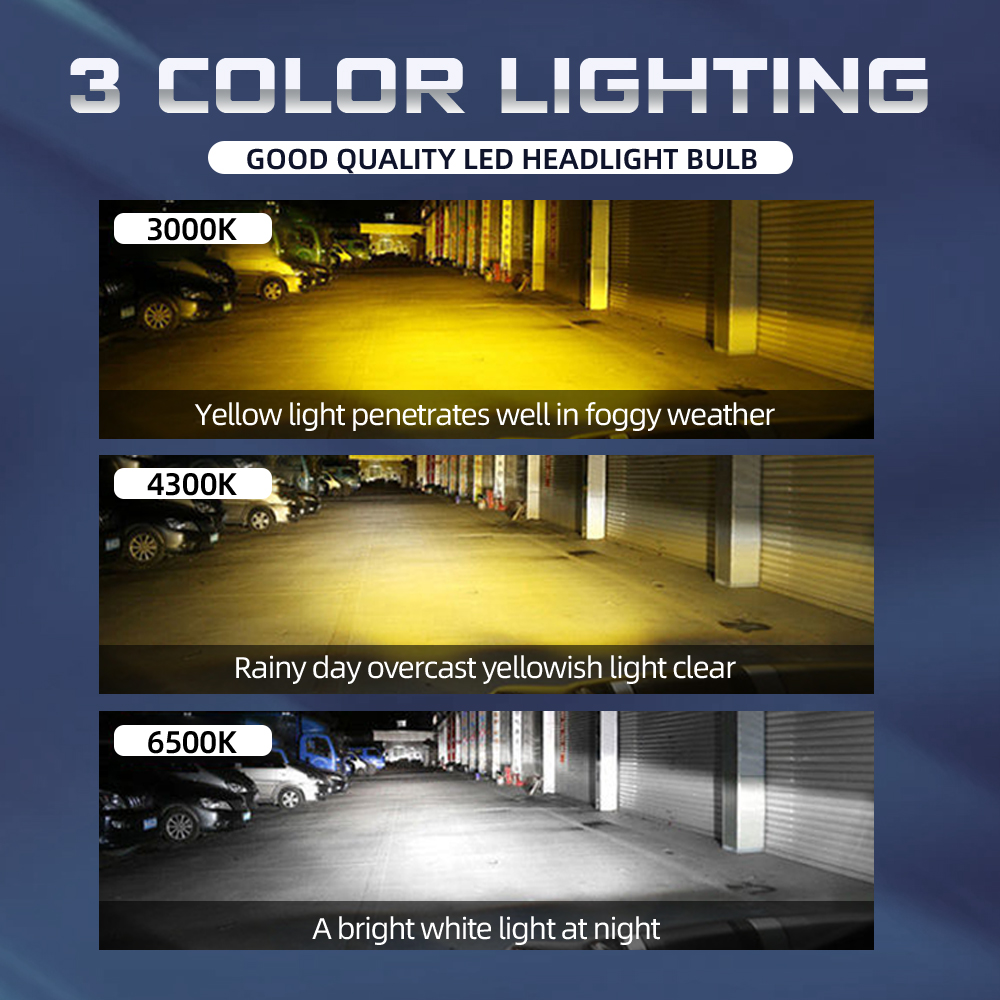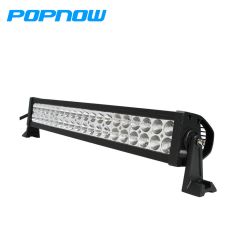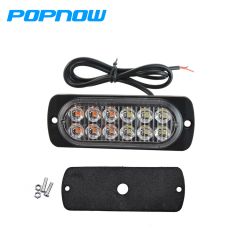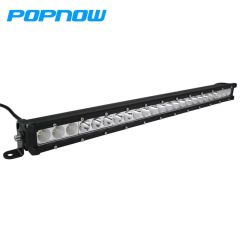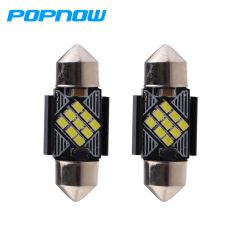1. Vehicle Compatibility
• Matching original headlights: Before purchasing, be sure to confirm that the LED headlight bulb is compatible with your vehicle model to avoid installation problems. Different models have different lamp socket interfaces and sizes. Make sure that the bulb size and interface type match the original headlight.
• Consider the vehicle electrical system: Some LED bulbs may require additional decoders, dummy loads, or wiring harnesses to work properly, which increases the complexity and cost of installation. For example, the electrical system of some vehicles detects the resistance of the bulb. If the bulb does not match the original vehicle system, it may cause error prompts or flashing on the dashboard.
2. Brightness and color temperature
• Brightness: Different brands and models of LED headlights have different brightness, usually in lumens (lm). Generally speaking, the low beam irradiation distance is 30-40 meters, and the farther the high beam, the better. But the higher the brightness, the better. Too high brightness may cause glare to other drivers and affect driving safety.
• Color temperature: Color temperature determines the color of the light, usually between 3000K and 6500K. Higher color temperature (such as 5000K-6500K) provides white light closer to daylight and clearer lighting effect; lower color temperature (such as 3000K-4000K) provides warmer yellow light with stronger penetration, which is suitable for rainy and foggy weather.
3. Quality and certification
• Choose well-known brands: well-known brands such as Philips, Osram, Hella, and Shellite have more guaranteed product quality and technical strength. These brands usually undergo strict quality inspections and have stable performance.
• Quality certification: Choose products that have passed relevant quality certifications, such as CE, RoHS and other certifications to ensure product quality and safety.
4. Heat dissipation performance
• Heat dissipation design: LED headlights generate heat when working, and a good heat dissipation design can extend the service life of the bulb. There are currently two heat dissipation methods on the market: fan heat dissipation and physical heat dissipation. Physical heat dissipation is usually more reliable, but the material selection is very important.
• Heat dissipation material: High-quality heat dissipation material can effectively reduce the working temperature of the bulb and ensure its long-term stable operation.
5. Light pattern design
• Low beam pattern: Low beam should be non-glare, non-scattered, with clear and reasonable tangent lines to avoid affecting oncoming vehicles.
• High beam pattern: There should be no black hole in the center of the high beam, and the illumination range should be as wide as possible.
6. Installation convenience
• No additional accessories required: Some LED headlight bulbs use advanced circuit design, without the need for additional decoders, dummy loads and wiring harnesses, and can work normally by directly plugging in, making installation easier.
7. After-sales service
• Warranty policy: Choose a brand with good after-sales service and warranty policy so that problems can be solved in time when they arise.
8. Budget
• Cost-effectiveness: Choose the right LED headlight bulb according to your budget, and don't blindly pursue high-end brands. For example, POPNOW car LED headlights are affordable and have excellent performance.
9. Special needs
• Special use: If you have higher requirements for lighting effects, such as frequent driving at night or often driving in bad weather, you can choose bulbs with higher brightness and more suitable color temperature.
Considering the above factors, you can choose a suitable car LED headlight bulb according to your car model, needs and budget.

